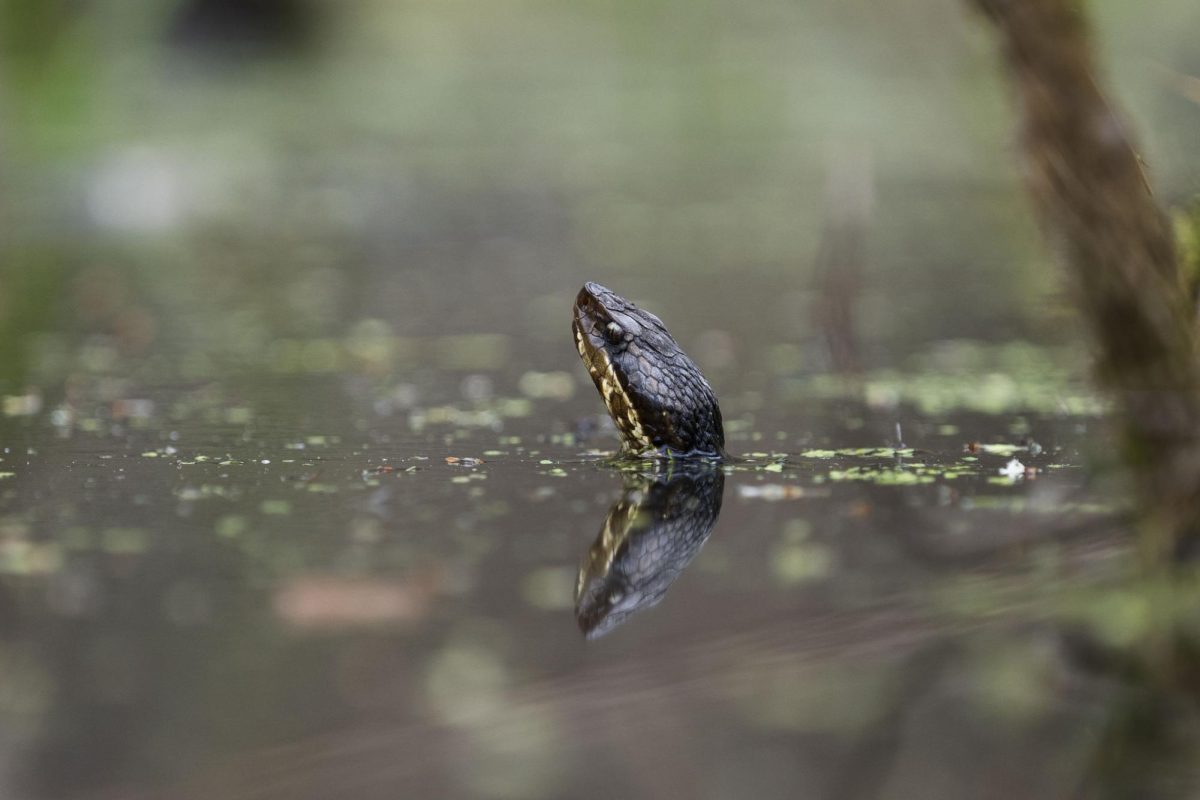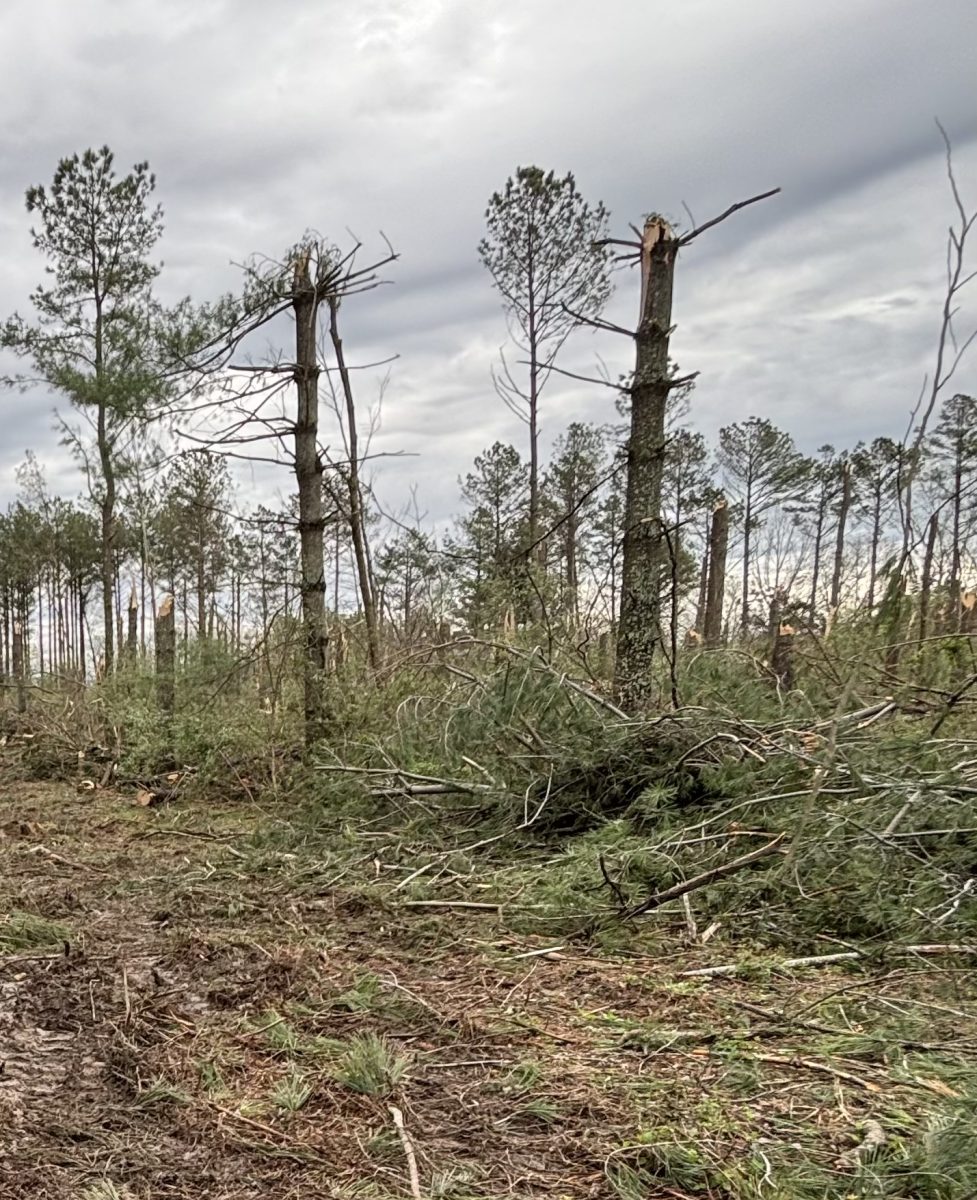Boom! U.S. Army Corp find live land mine fuse
November 9, 1995
The U.S. Army Corps of Engineers found and detonated a live land mine fuse while searching areas of the Crab Orchard National Wildlife Refuge for hazardous explosives buried there after World War II.
The government is checking the refuge for active explosives because of unacceptable risks to human health and wildlife, a federal representative said.
Charles Holberook, Crab Orchard deputy refuge manager, said the area was put on the Superfund National List, a national register of the U.S. Environmental Protection Agency for severely contaminated and hazardous areas, in 1987.
Advertisement
Nan Gowda, a representative from the EPA, said live mines are a potential safety hazard for both wildlife and people.
During hunting and fishing season people can walk on top of the mines, he said. Animals are also at risk. The situation is extremely dangerous.
Holberock said their are over 70,000 contaminated areas in the U.S. The funding for the clean-up finally came through this year.
Federal facilities, such as USACE, request money from Congress to support their various projects, Leanne Moore, U.S. Fish and Wildlife Service representative, said.
If the army needs to clean up 700 mine sites, they must present a budget to Congress, she said. Hopefully Congress will give the amount of money they need.
Holberook said that during World War II, several wartime manufactures of explosives and other military supplies occupied portions of the present Crab Orchard Refuge.
Daniel Doshier, Refuge manager, said the refuge was established in 1947, two years after the war ended. Congress had passed a law to establish a refuge for agriculture, industry, wildlife, and recreation.
Advertisement*
Doshier said because no environmental regulations exisited in those years, the manufacturers just burned the ordinances, or bombs, then buried the remaining pieces, including the casings. He said the empty cases may contain active fuses.
Gowda said the govenment should have never used contaminated areas for wildlife refuge sites.
Moore said the USACE are walking the sites with metal detectors to find the buried casings. She said when the metal detectors register something, the USACE flags the area.
Moore said in an area of 145 by195 ft.,1100 sites were flagged. She said out of three fuses discovered, one was tested and proven active.
Dutch Miller, a representative with the USACE, said the casings are buried three feet underground. He said once metal is detected a site is flagged and the engineers dig up the area around the flag. Extreme caution must be used because any of the fuses could be active and denonated, he said.
The fuses are big enough to blow off a hand or a foot, he said. They do become more sensitive with age.
Advertisement








